A fifth-generation cattleman returns to the farm to create an operation uniquely suited to his homeland.
“This place hadn’t had any livestock on it for probably 25, 30 years,” says Erik Scott, sitting in a nice new shop on the homestead where five generations of his family lived, farmed, or both. This part of southeastern South Dakota, near Canton, right on the Iowa border, has good ground, gentle hills and some handsome scenery along the Big Sioux River. But the line of succession on the family land here almost stopped with Scott.
“We were told since we were young kids to leave this area… that there wasn’t opportunity here,” he says. “There’s opportunity anywhere that somebody wants to work hard, that somebody has a passion for something.”
Opportunity and passion—along with a healthy helping of self-teaching and the necessary hard work—are the hallmarks of Section 16 Cattle Company, a registered Angus and Hereford cow-calf operation that focuses on raising bulls for commercial cattlemen.
Even though raising cattle is in the bloodline—Scott describes himself as a “fifth-generation South Dakota cattleman”—he draws the distinction that Section 16 is a “first-generation cow-calf operation.” With deep roots in the feeder business, Scott says he “read a lot, talked to anybody that would talk to me about cows, experimented a lot, ‘trial-and-errored’ a lot,” he laughs. “I developed a real passion for the cow-calf business, and basically, I’d say I was self-taught.”
He did leave South Dakota for a while, spending more than two decades in the ag retail business, building sales lessons into his self-learning, before returning to “Section 16.” Land “sections” in South Dakota were part of a massive land grant to the state by the Federal government in 1889. The original Sections 16 and 36 were designated for schools, and as the school systems needed money, they would sell off extra sections, 40 acres at a time. Scott’s great-great-grandfather acquired 240 acres in Section 16, and today, it’s the headquarters of Scott’s company, and lends the operation its name.
Tips For Restoring Farmland
Coming home to Section 16 was about more than starting a business. It was about restoring the family land. Since so much time had passed since cattle were raised here, “it was full-on, tear all the fences down, restore buildings, build new ones,” Scott says.
“We’ve been in partnership with the NRCS (Natural Resources Conservation Service) and completed an EQIP (Environmental Quality Incentives Program) contract, in which we restored our riparian areas with cross fencing, planted about 2,000 trees, buried water lines, put in energy-free drinkers and designed a rotational grazing system,” he says. (Find out more about working with NRCS through EQIP here.) “If you’re a young livestock producer, I highly recommend exploring the EQIP program. There’s a lot of knowledge and help there,” Scott says.
The Right Cattle For The Environment
Scott’s passion extends to creating opportunity for other local cattlemen, as well, by creating an animal that’s suited to the area. “The goal is making the perfect animal that can thrive on the plentiful feed sources we have, but also survive the weather pattern here—hot and humid in the summer, cold and windy in the wintertime,” he says.
On the crop side, Section 16 raises corn and beans, and some hay. But the ideal animal for Section 16 and its customers “thrives on corn and all things corn,” says Scott. “Our main resource is corn and all the byproducts—distiller’s grain, corn syrup, corn stalks both in grazing and in bales… We’ve really tried to maintain focus on an animal that works in that environment,” he says.
Expanding The Business and the Equipment Line
Starting and growing a business on restored family land means “keeping your sword sharp,” laughs Scott. “There’s always a list of things we can do tomorrow, and it’s usually something different from the day before.”
“What really impressed me was just a lot of moving parts,” says Matt Vande Hoef, sales manager at Van’s Implement in nearby Hull, Iowa. Vande Hoef worked with Scott on his first equipment purchase, a Massey Ferguson 4710, early in Scott’s venture. “When we had the opportunity a few years ago to drastically expand our operation, we were in need of some new equipment,” says Scott. “We were extremely happy with the way (Van’s Implement) treated us with that (4710) purchase, not only from a service standpoint, but parts, and sales, and support,” he says.
“They wanted me to price out a full line of equipment,” says Vande Hoef, “from tractors to combines to planters… not very often a guy comes in with a sheet of paper with 10 pieces of equipment on it, basically the whole farm,” says Vande Hoef.
“We got a Massey Ferguson 8727S, an 8735S, then for the planter we’re running a 1630. We just recently acquired a (Massey Ferguson) 6S, 180 (hp),” says Scott. “The 6S replaced two tractors for us,” he says, taking on the work of a loader tractor along with pulling the feed wagon and “other random jobs,” he says.
The 8700S models pull the Massey Ferguson planter, tillage equipment, grain cart, and manure spreader. “The DTM (Dynamic Tractor Management) is something we’ve found to be the most valuable thing on these tractors,” he says. “The machine finds what RPM we need and we don’t have to guess. We not only optimize our power usage and our speed, but we’re also optimizing our fuel consumption, for sure. Our fuel consumption has dropped dramatically because of that option.”
Scott is in his second season with the Massey Ferguson 1630 planter. “We average about 45 acres an hour with that thing when we get it out in the field and get it going,” he says. “That was really important to us, because in the spring, we still have a lot of cattle things to do in a day, and we aren’t getting in the field until noon or afternoon. We need to make up those hours and those acres somehow. We were able to do that with the high-speed planter… that was maybe one of the most valuable things for our operation.”
“It just fits their operation very well,” says Vande Hoef, but while the Massey Ferguson equipment works well for Section 16, the dealership also earned the business. “Through the 4710, (Scott) experienced what he got for service, what he got for parts,” says Vande Hoef. “So that made the transition easy when we expanded to the full farm.”
“They haven’t let us down yet,” says Scott. “We wholeheartedly started using AGCO equipment because we trust Van’s Implement.” (Besides the Massey Ferguson equipment, Section 16 also runs a Gleaner S97 combine and Sunflower tillage.)
That kind of dependability is important to Scott’s growing business. “In this ever-changing world of agriculture, to try to be sustainable, try to do the right things, and stay on the cutting edge… it’s something that changes daily,” says Scott. “And to move with that… I find it fascinating.”

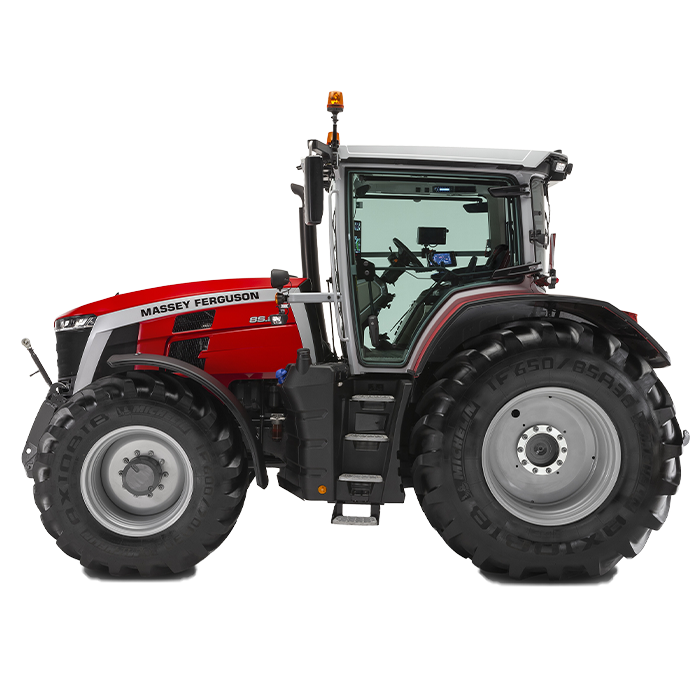
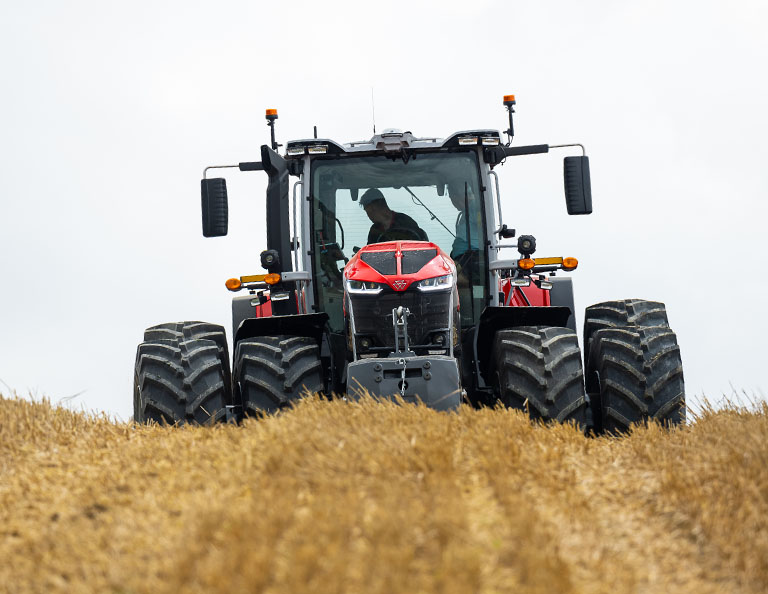

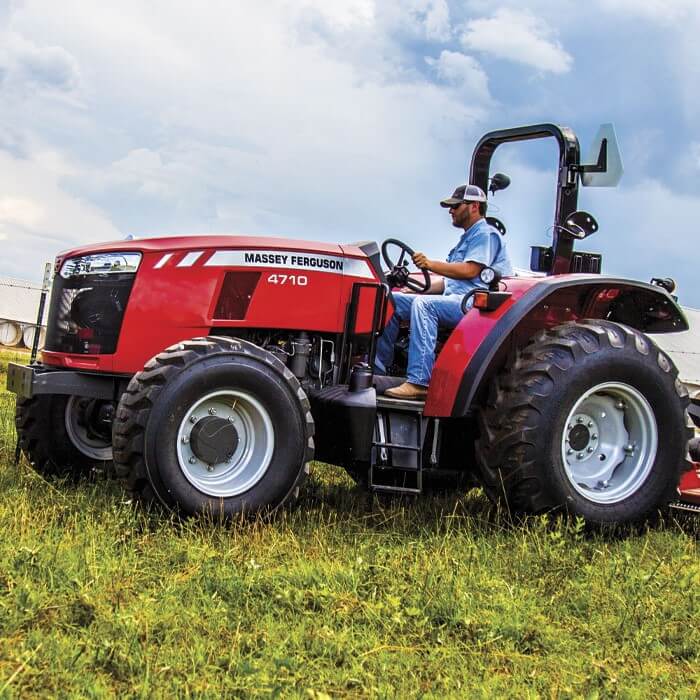


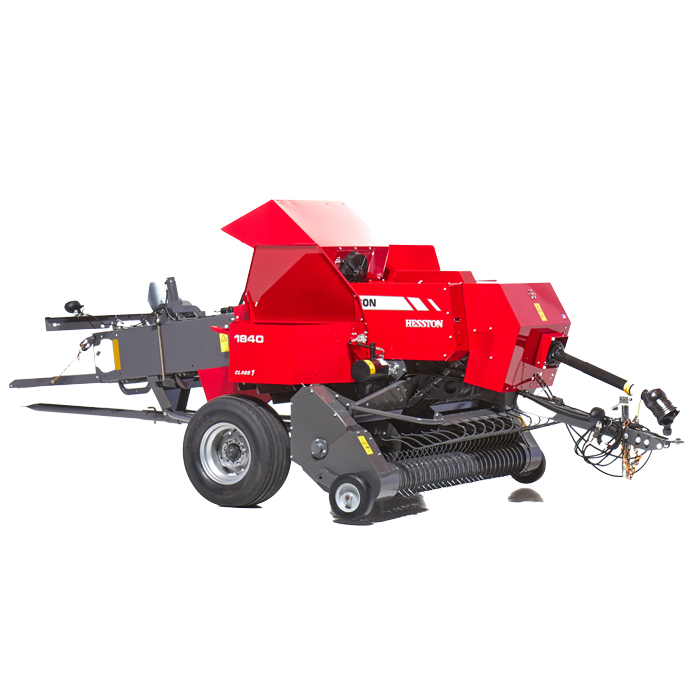
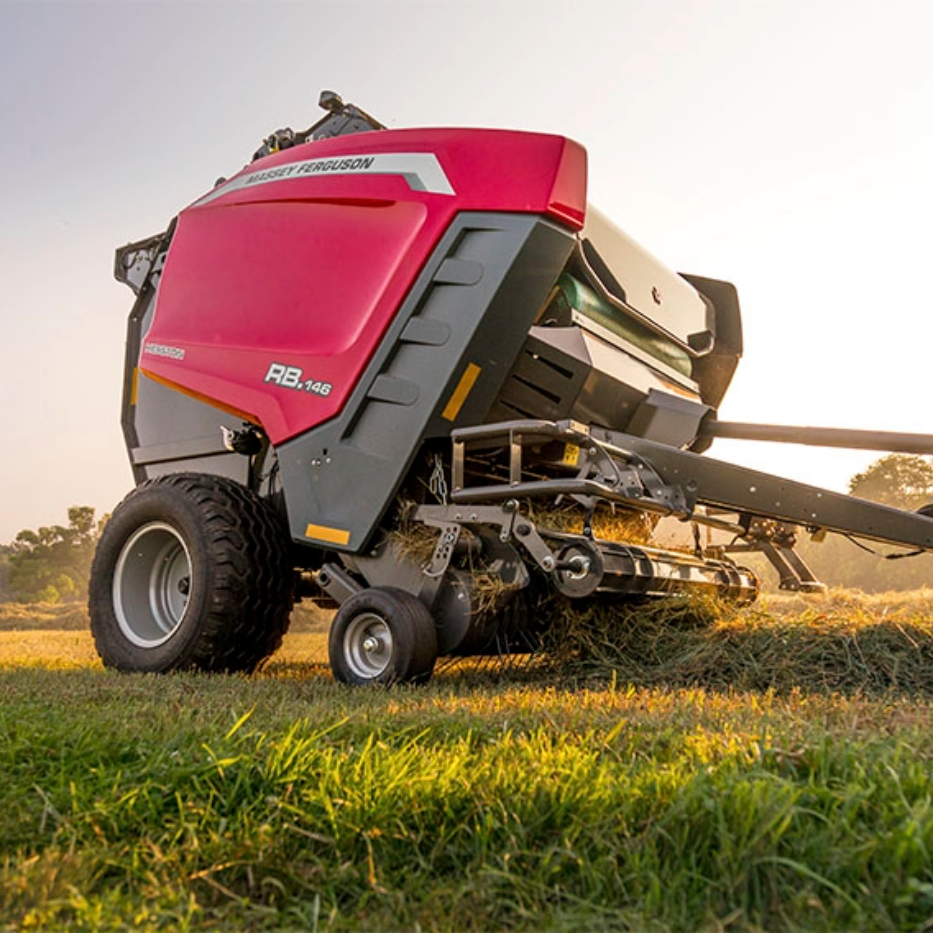
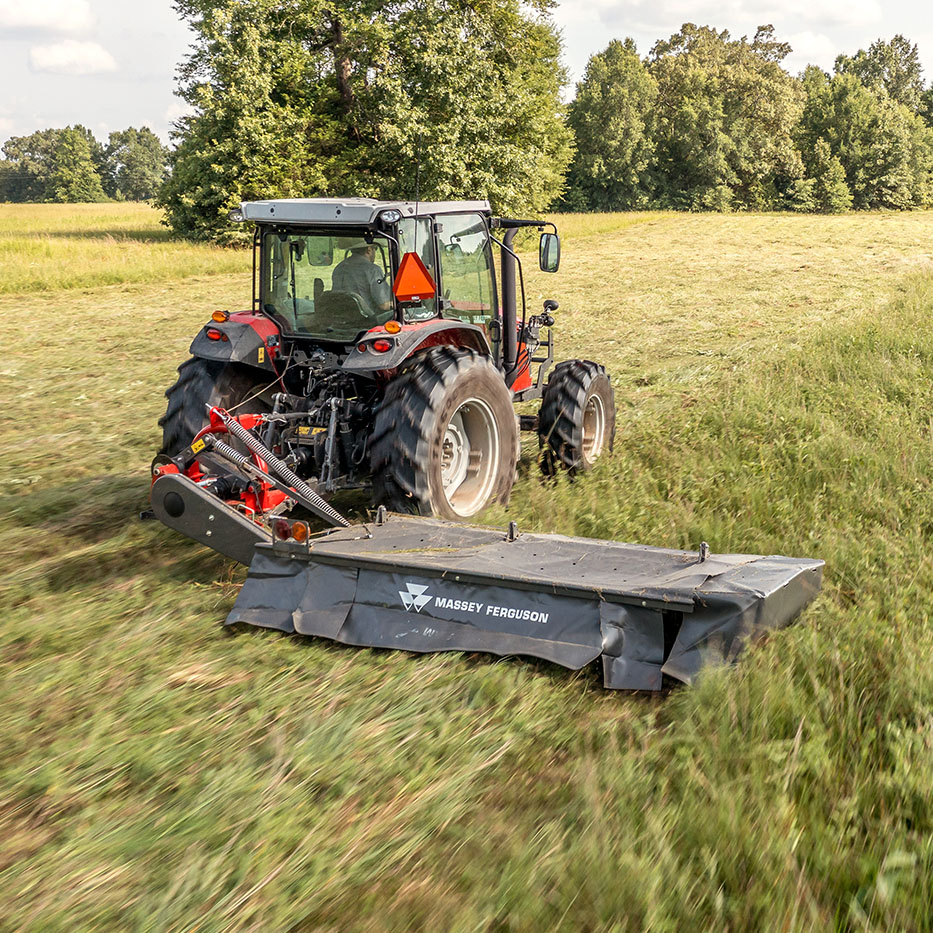
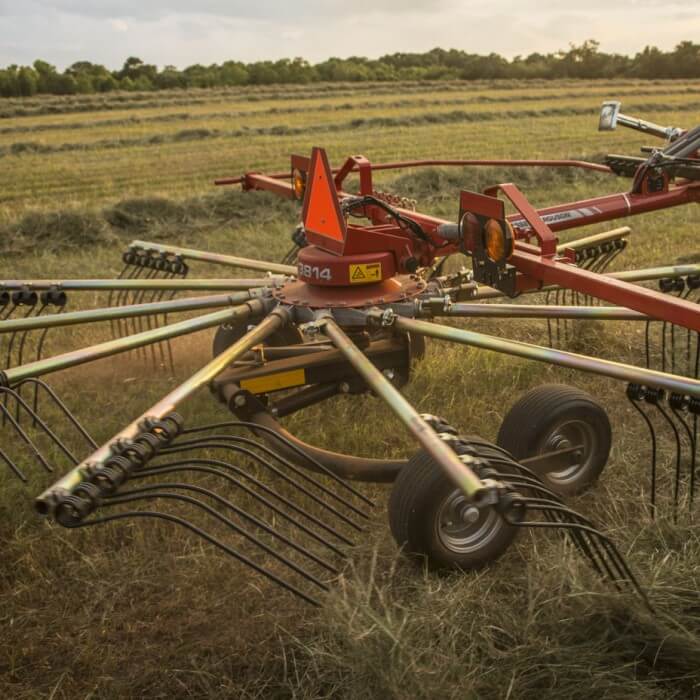
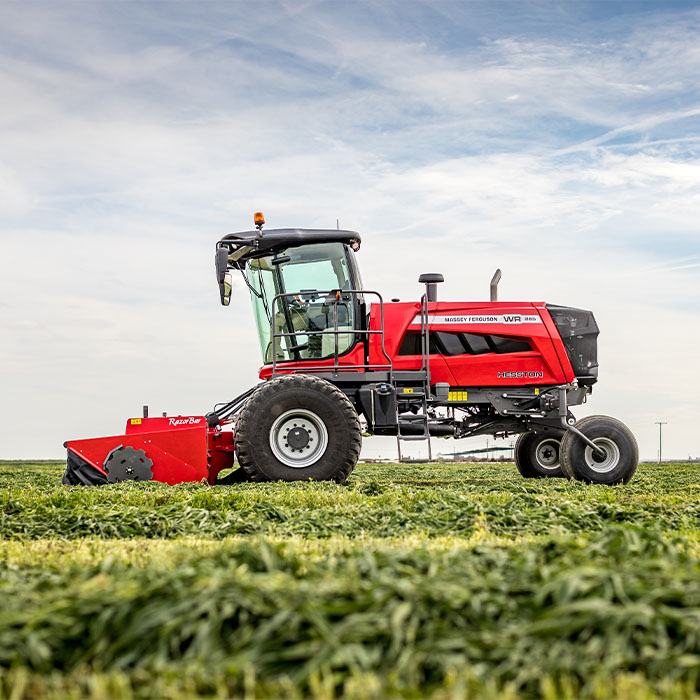
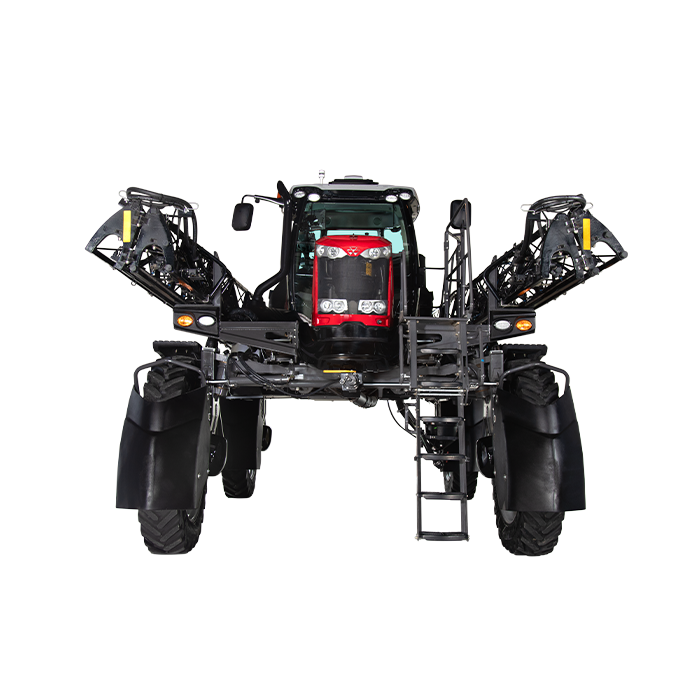

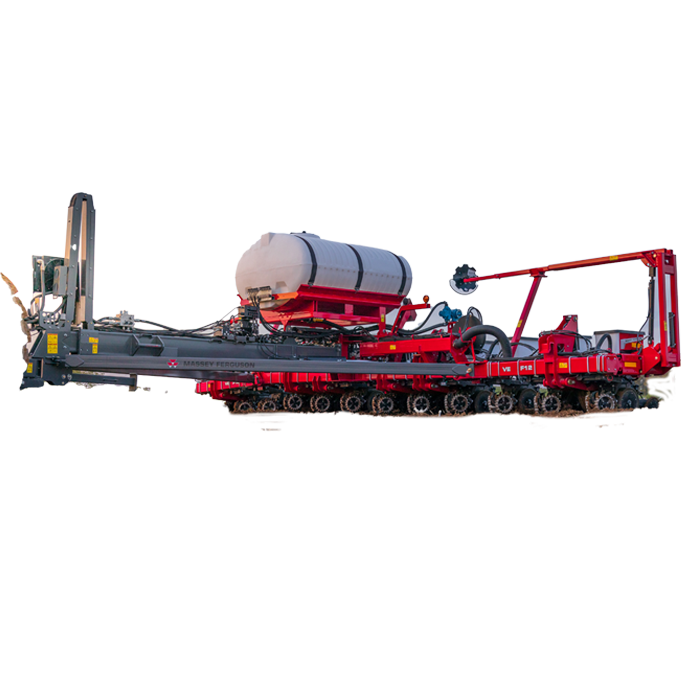
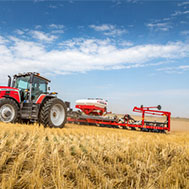
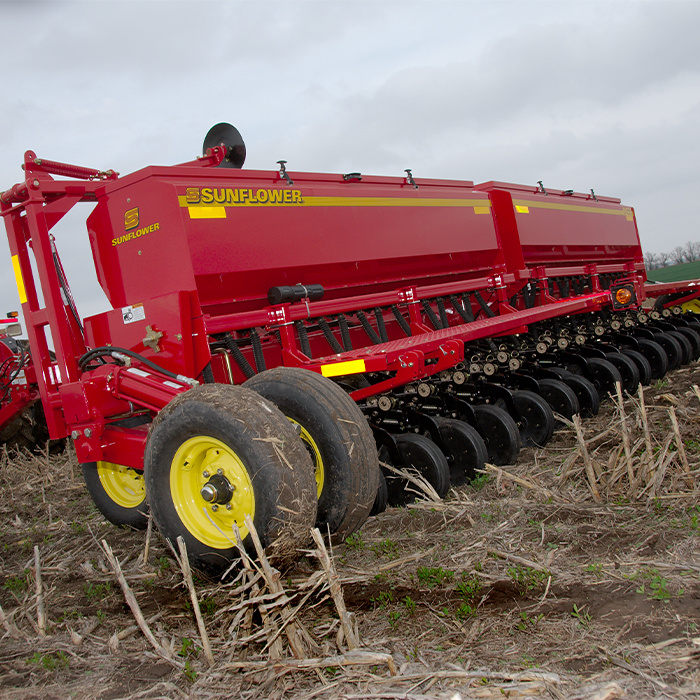
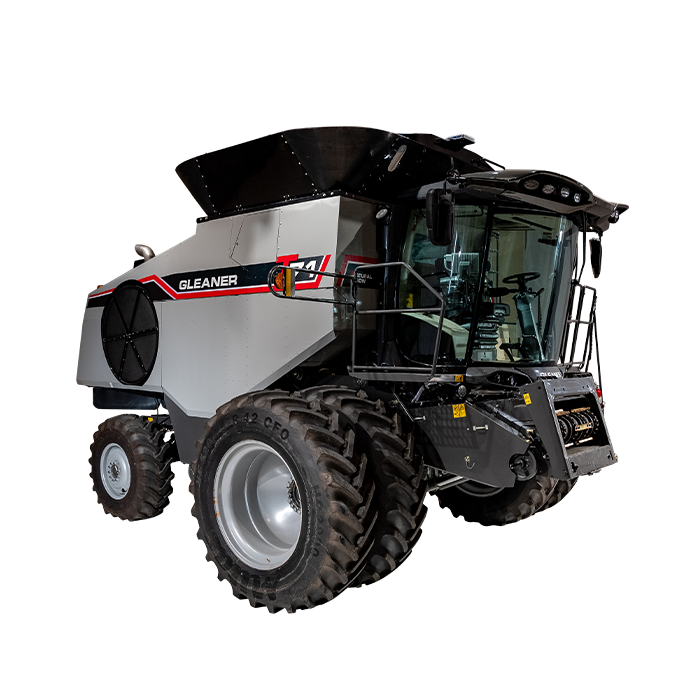

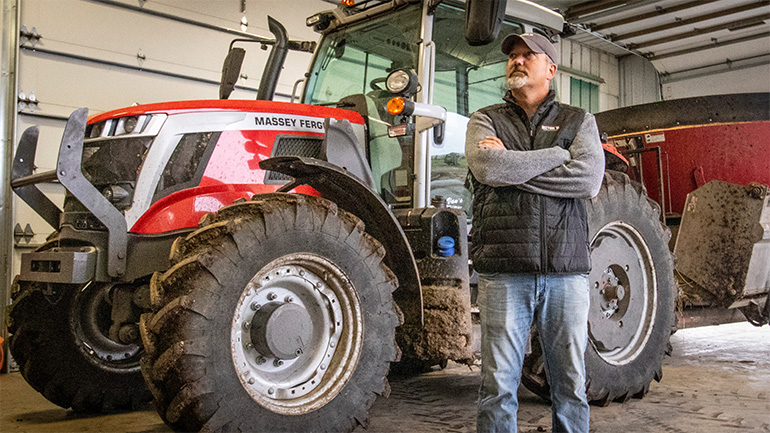
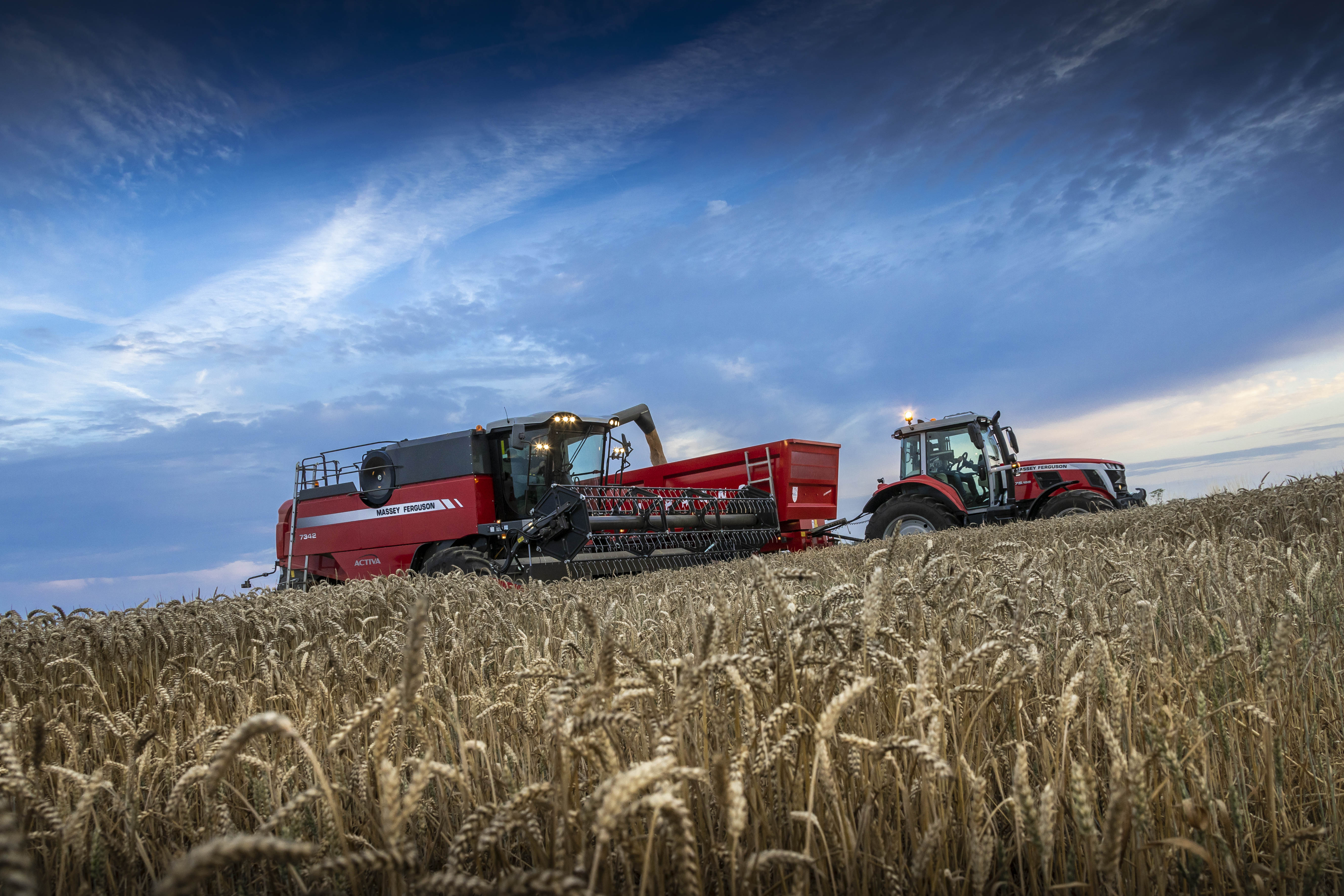
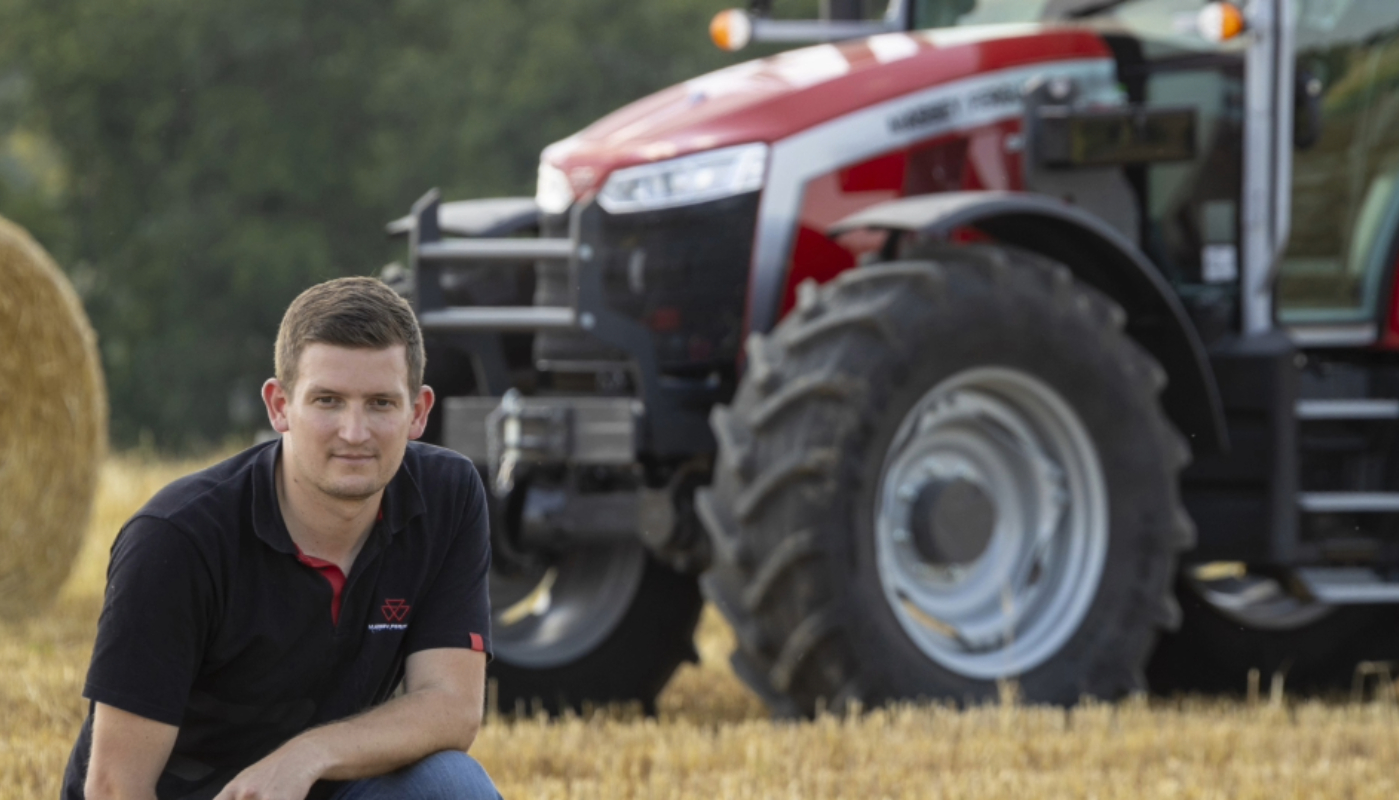
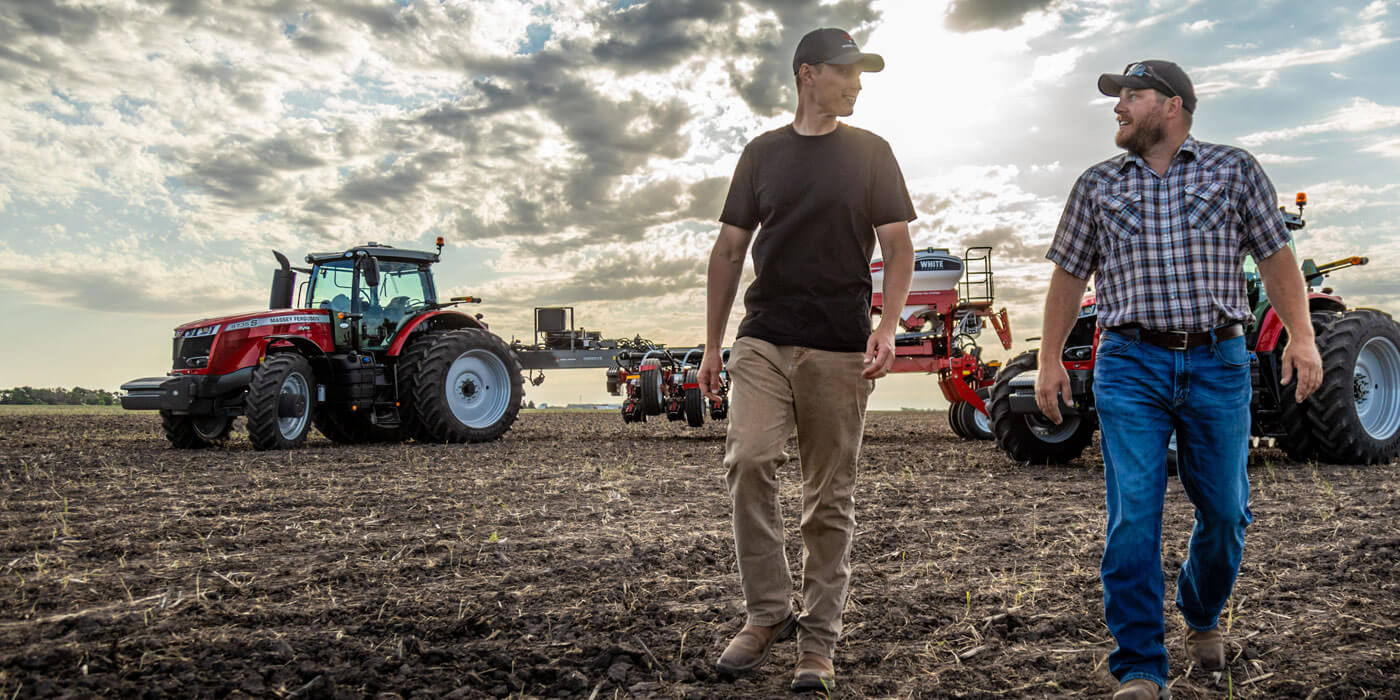
Share